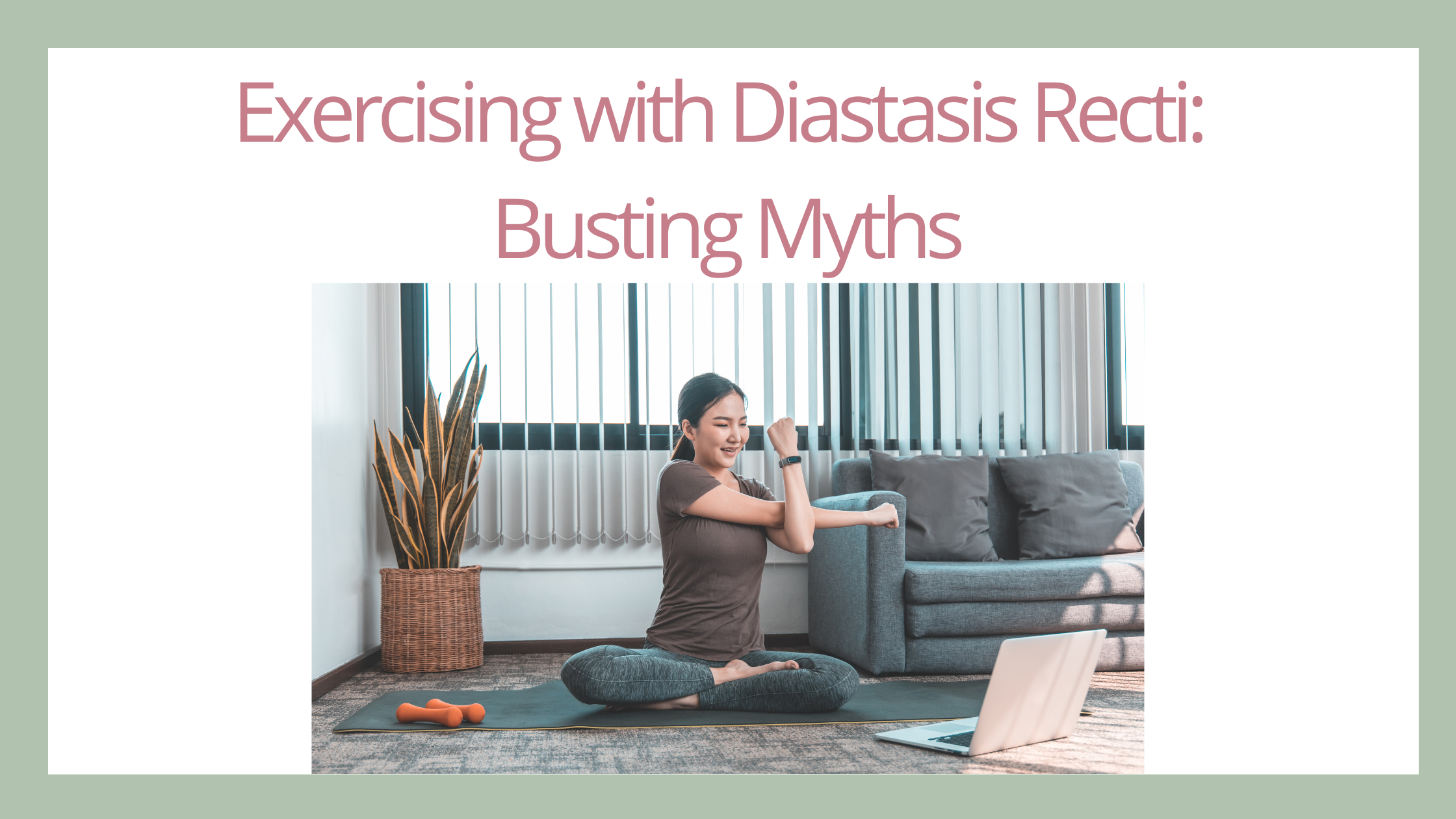There may be confusion between the roles of a physical therapist and a personal trainer; even the letters at the end of our names are very similar (PT for physical therapist and CPT for certified personal trainer). And to be honest, there is some overlap between the two professions. When you have an injury or are experiencing pain or a loss of body function, I highly recommend starting your healing journey with a visit to your local physical therapy clinic. Especially if the issue you want to fix is diastasis abdominals recti.
Identifying and Minimizing Diastasis Rectus Abdominus (DRA) in Pregnancy
Diastasis Rectus Abdominus (DRA), or abdominal separation, is very common during pregnancy. In fact, a study found that diastasis rectus abdominus “may affect up to 100% of pregnant women and it may persist in the immediate postpartum period in 35-60% of women.” By being aware of the existence of abdominal separation, which needs to occur to some degree to make room for the baby, you can start to prepare your core for birth and postpartum during pregnancy to reduce the effects of abdominal separation after birth.
Exercising with Diastasis Recti: Busting Myths
With the right technique, progression, form, and guidance, you can do ANY exercise with diastasis recti. It’s all a matter of starting slow, building a foundation, and working up to more challenging exercises. This is how you safely return to exercise with diastasis recti.



